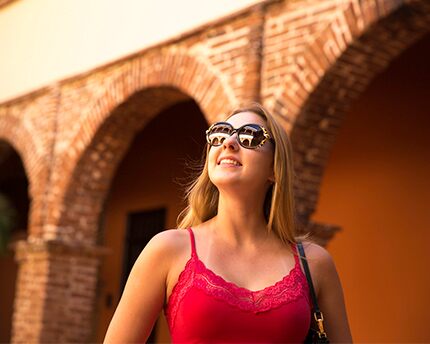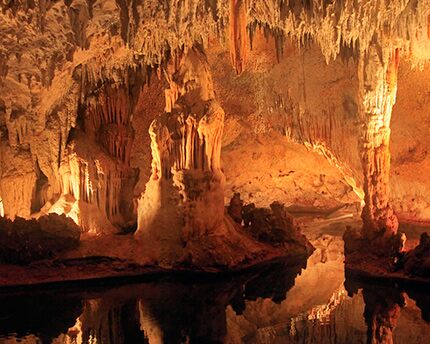Plaza de la Cultura: Art and history in Santo Domingo
Santo Domingo’s Plaza de la Cultura—whose official name is Plaza de la Cultura Juan Pablo Duarte, in honor of one of the forefathers of the Dominican homeland—is one of the city’s main cultural and artistic landmarks, as well as a must-see place to visit.
Located on the western end of the Gazcue neighborhood, between Avenida Máximo Gómez and Calle Félix María del Monte, Plaza de la Cultura is a large green expanse that houses some of Santo Domingo’s most important museums, and artistic and cultural institutions. Theater, dance, opera, history, modern and contemporary art, film, and geography all come together at this creative and educational hub, which along with the museums in the Colonial City, comprise the largest artistic, historic and cultural center of the Dominican Republic.
The history of a great cultural project
Built on the former site of an old ranch that belonged to the mother of the dictator Rafael Leonidas Trujillo, west of the Colonial City, Santo Domingo’s Plaza de la Cultura was developed starting in the 1970s as the most important project of Dominican culture following the end of the dictatorship, and it has slowly been transformed into the great space focused on art and culture it is today.
As a result, Dominican and universal literature found their place in the National Library, which opened in 1971, the performing arts received a globally renowned stage at the National Theater as of 1973, and that same year, the Museum of the Dominican Man began exhibiting the nation’s rich pre-Columbian roots. Since 1976, the Museum of Modern Art has been the main Dominican government institution focused on the conservation and distribution of modern and contemporary art, and in 1979, the Dominican Film Library became a great temple for movie enthusiasts. Lastly, in 1982, the Museum of Natural History and the Museum of History and Geography finished transforming the square into the city’s cultural hub.
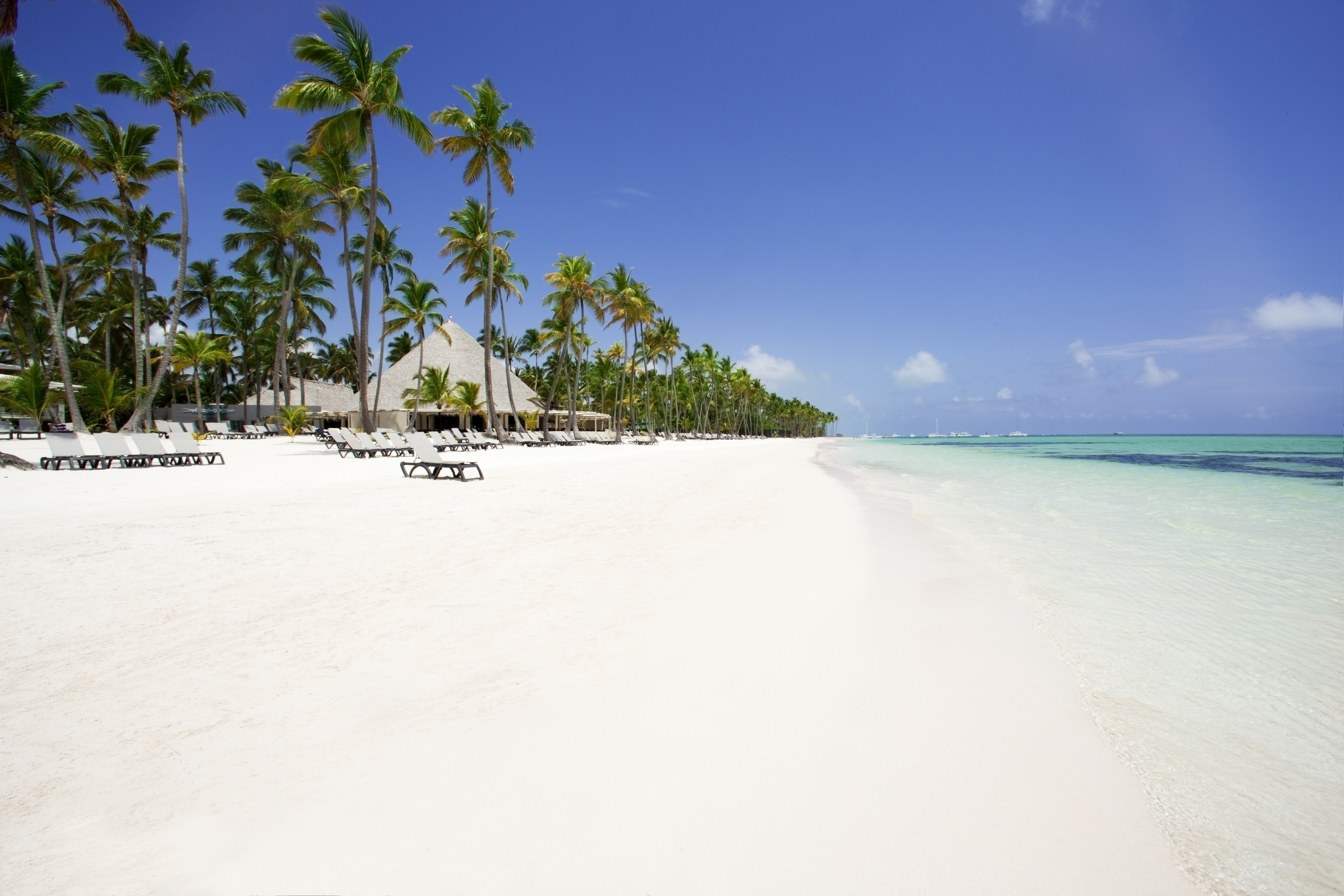


Dominican Republic
Barceló Bávaro Beach - Adults only - All Inclusive
- On one of the 10 best beaches in the world
- Four buffet options
- Access to the entire complex
- Top honeymoon destination
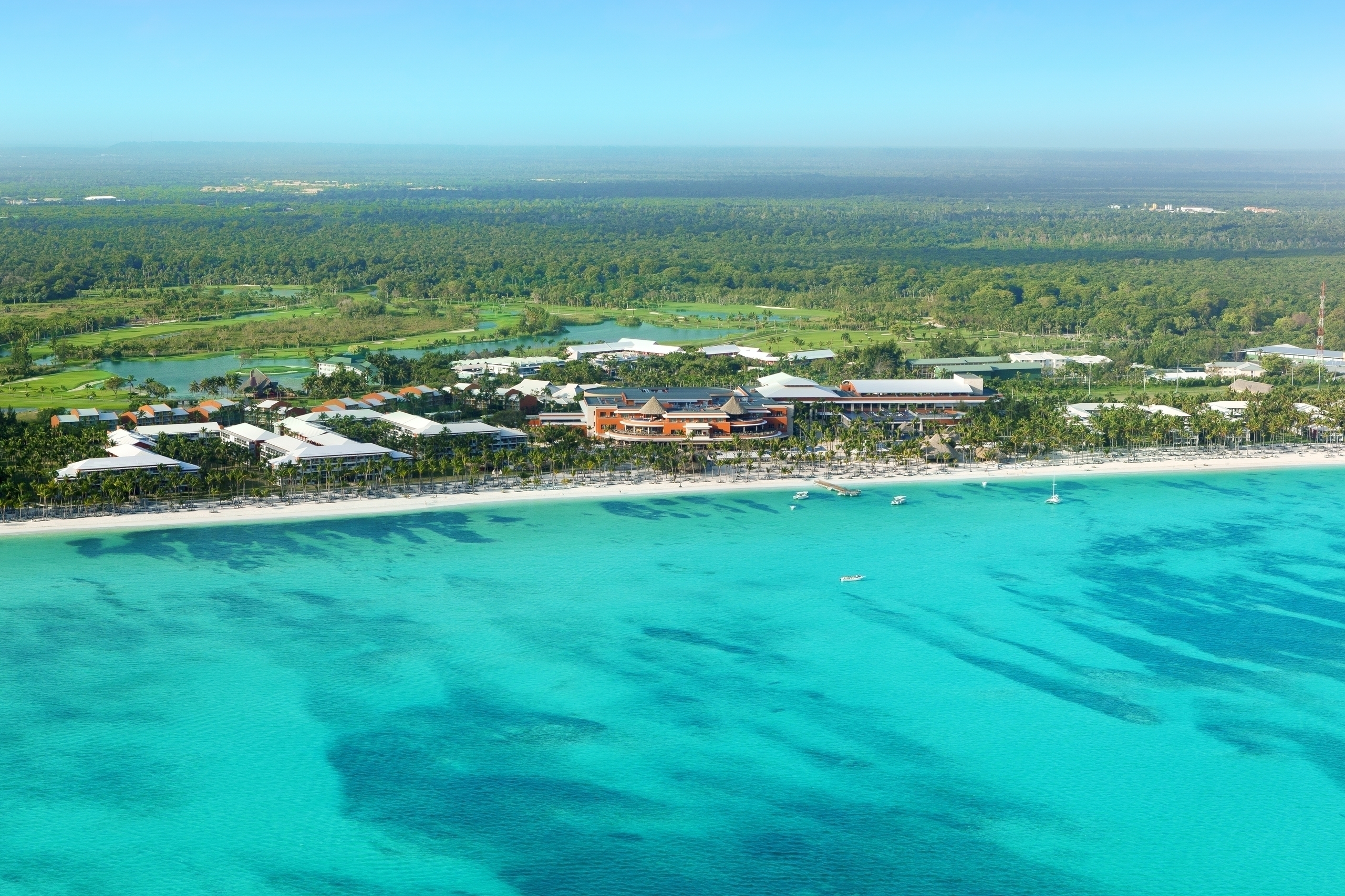


Dominican Republic
Barceló Bávaro Palace - All Inclusive
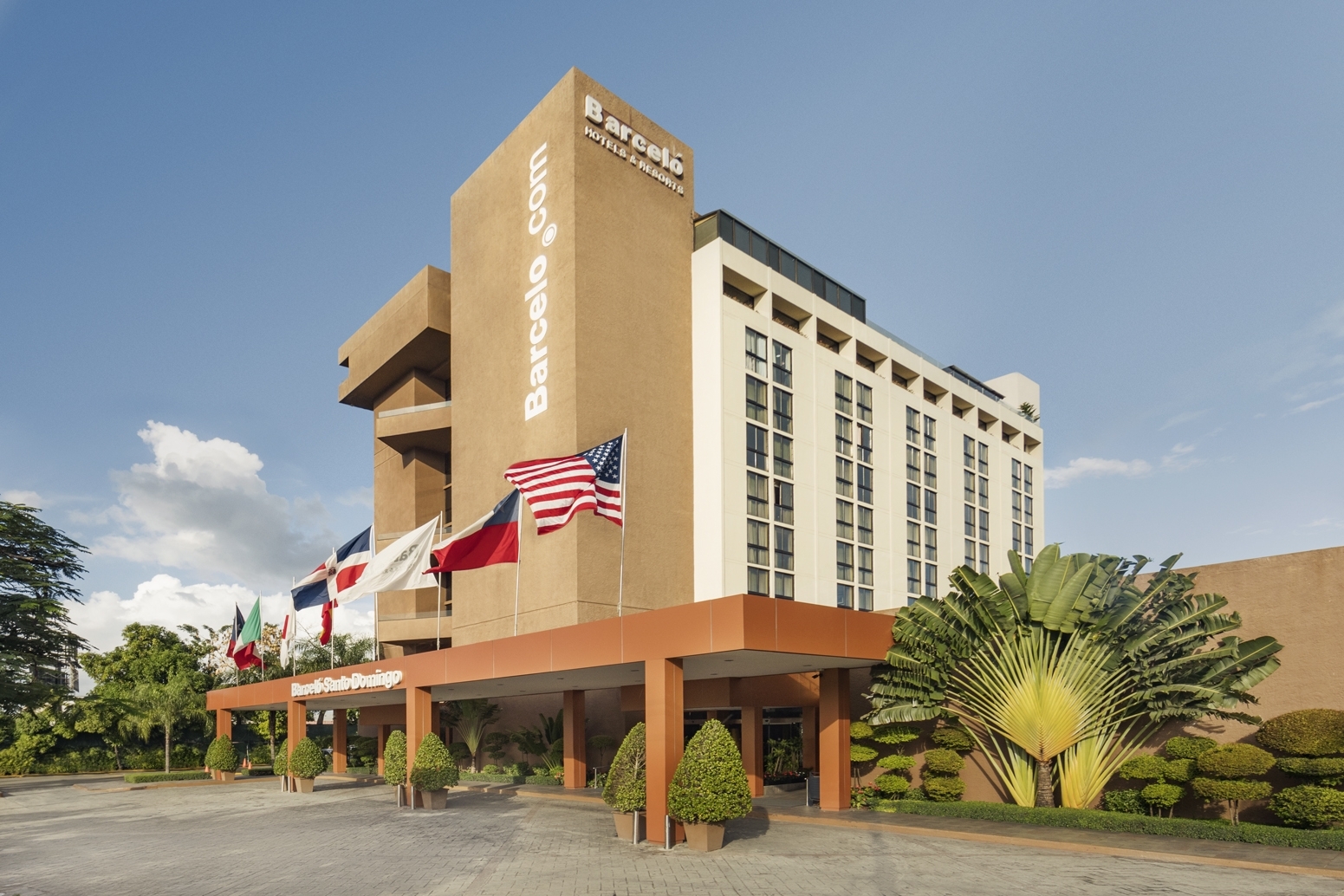


Dominican Republic
Barceló Santo Domingo
- Excellent location in the heart of the city
- Kyoto restaurant, authentic Japanese cuisine
- Convention and meeting centre
- Trips and excursions service
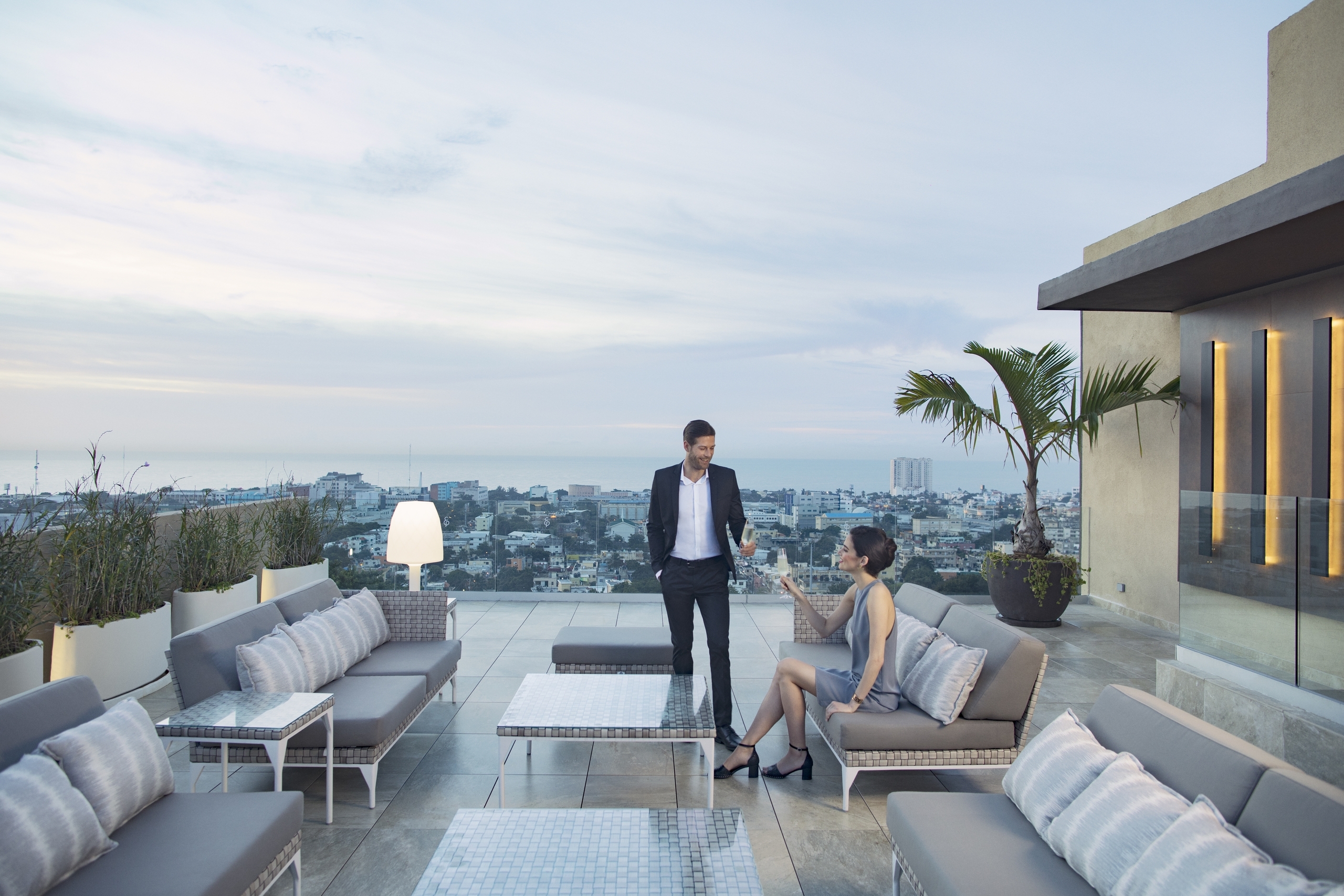


Dominican Republic
El Embajador, a Royal Hideaway Hotel
- Luxurious and Elegant Rooms
- Excellence in personalized services
- 3,000 m² of meeting and event rooms
- 12,000 m² of tropical gardens and green areas
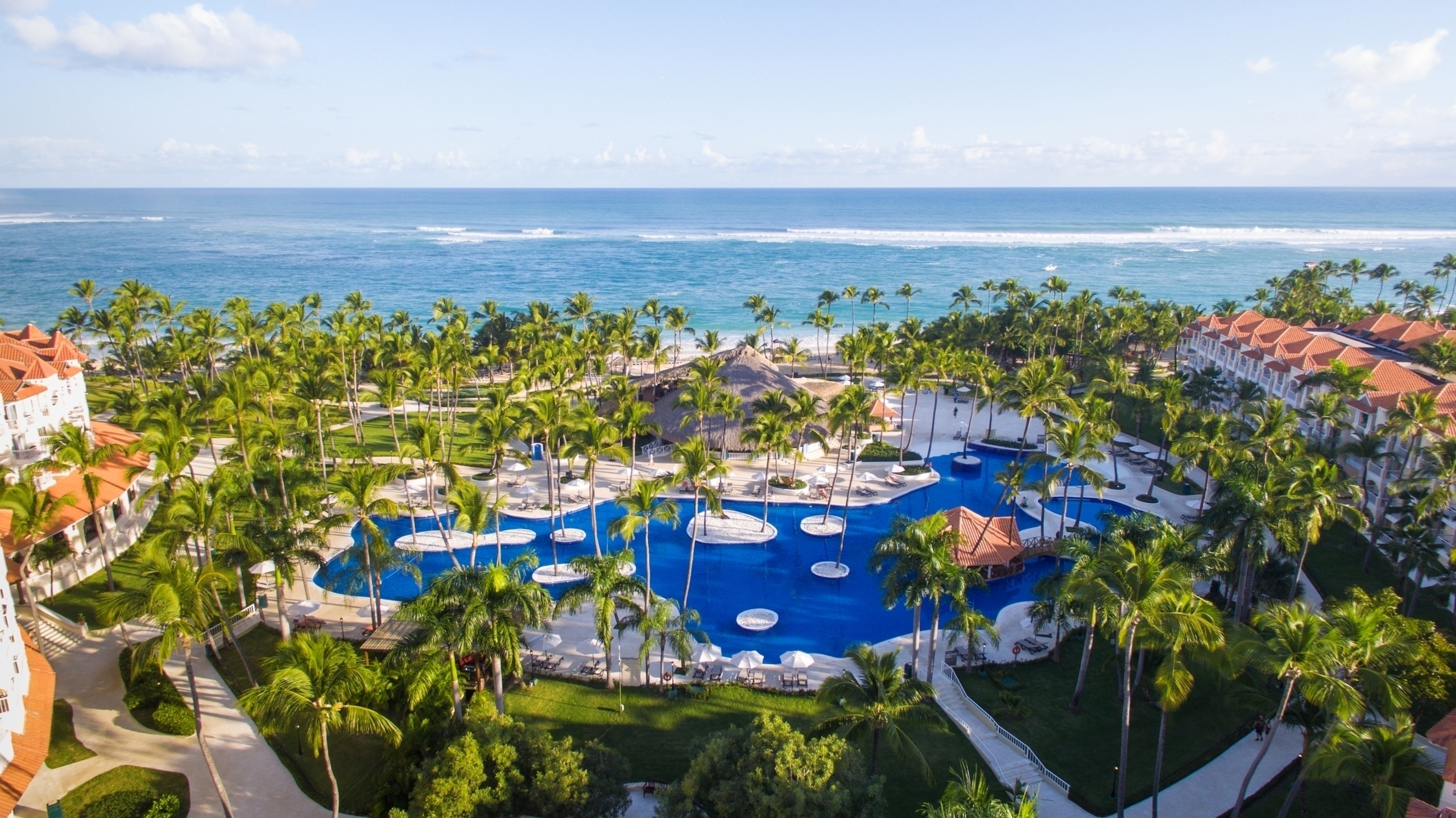


Dominican Republic
Occidental Caribe - All Inclusive
- In front of the beach of fine white sand
- Kids Club and Water Park
- 7 restaurants with exquisite gastronomy
- Free Wi-Fi
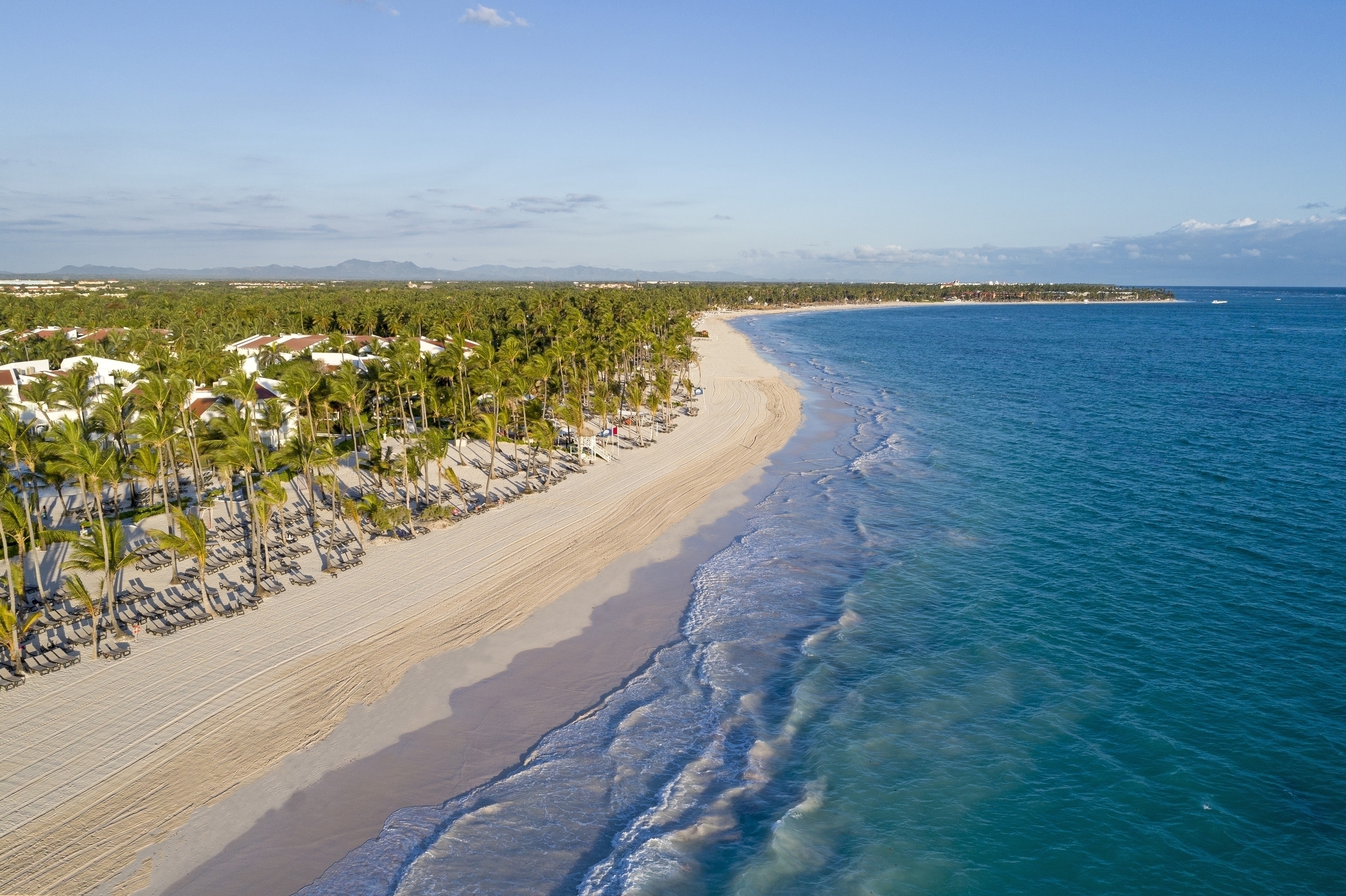


Dominican Republic
Occidental Punta Cana - All Inclusive
- Exclusive Royal Level service and facilities
- 11 restaurants with a wide gastronomic variety
- 300 meters of fine white sand
- Free Wi-Fi
In addition to the great museums and cultural spaces located in Plaza de la Cultura, for decades this square has hosted the Santo Domingo International Book Fair, one of the city’s most important annual cultural events. In summary, this green oasis in the heart of the city is a place where visitors can experience art and culture to the highest degree.
Things to see in Plaza de la Cultura
Art, culture and science, all in one spot. This is precisely what Plaza de la Cultura in Santo Domingo has to offer. Visiting this place is a good way to become fully immersed in the artistic and cultural life, past and present, of the Dominican Republic.
Dominican Film Library
The northern side of Plaza de la Cultura is the location of this entity that handles the conservation and distribution of most special Dominican movie creations, classic and contemporary. Short films, feature films and documentaries form part of its important film archive, which contains nearly 15,000 entries, and most are audiovisual.
This venue regularly has free programs, exhibitions, film seasons and motion picture viewings of various genres, from the film library archive as well as from major international film samples that reach Santo Domingo thanks to collaborations with entities from around the world. Whether you are a diehard film enthusiast or simply want to watch a good movie, this is the perfect place.
Pedro Henríquez Ureña National Library
This building, which opened on Plaza de la Cultura in 1971, is the temple of literature in the Dominican Republic. Despite being a relatively young library, its roots can be traced back to the colonial era, connecting it to the library founded by Gonzalo Fernández de Oviedo, the first chronicler of the Indies and mayor of the Fortress of Santo Domingo in 1553.
To expand its collection—which currently surpasses 170,000 books and documents of all types, by Dominican authors as well as great literature classics from all over the world—and to improve and increase the size of its facilities, the National Library underwent a comprehensive renovation in 2012, guaranteeing its role as one of the undisputed stars of Dominican culture.
Eduardo Brito National Theater
Known as the most important stage in Santo Domingo, this gorgeous theater opened its doors in 1973. Since then, the best opera, ballet, theater, and music productions have passed through its three halls, whose designs drew inspiration from the biggest stages in the world, such as the Lincoln Center in New York and the Palma de Mallorca Auditorium, resulting in perfect acoustics and making the best shows possible.
The theater’s lobbies, decorated with sculptures of top musicians—such as the Dominican baritone Eduardo Brito and the renowned German genius Ludwig van Beethoven—and exquisite marble and mahogany details set against the bold red carpet, as well as Juan Lockward Bar, famous for its elegant toasts and receptions, add to the building’s charm and are reminiscent of the glamor of artistic galas from the past.
Museum of the Dominican Man
Located on the northeast corner of Plaza de la Cultura, this is the perfect place for exploring the rich history of Hispaniola Island and of the Caribbean region in general. This newly renovated museum of archeology, ethnography and anthropology primarily displays original objects used by ancient Tainos and other precolonial cultures, from everyday tools to beautiful ceramic pieces.
The museum focuses on the region’s ancient past as well as on some of the aspects of the Dominican Republic’s kaleidoscopic culture, including matters such as religion, Carnival, slavery, the colonial era and more. These interesting collections paint an accurate picture of the historical and cultural mosaic that defines this amazing Caribbean destination.
Museum of Modern Art
Sculptures, paintings, drawings, etchings and photographs. More than a century of modern and contemporary art comprise the MAM’s permanent collection. Originally opened in 1976 and renovated fairly recently, this museum has multiple halls spread out across four floors where most of the over 1,000 pieces that comprise its heritage, mostly of Dominican art but also of Caribbean and Ibero-American, are on display. This museum tends to show temporary exhibitions and also serves as the venue for the National Biennial of Visual Arts, among other artistic events.
The library, specialized in visual arts; the museum shop, which sells artworks and handicrafts by local artisans, in addition to books, magazines and catalogs about the exhibitions; and the auditorium, which regularly hosts conferences and seminars about modern and contemporary art, add the finishing touches to this interesting facility.
“Prof. Eugenio de Jesús Marcano” National Museum of Natural History
The Caribbean region, and Hispaniola Island in particular, are famous for their unique biodiversity. This is precisely what this incredible museum shows through the tens of thousands of pieces organized into multiple collections, from enormous whale skeletons to tiny insects, and including countless rock and mineral samples, among many other objects.
Guided tours, short conferences on flora and fauna, and astronomy observation events are just some of the museography tools that make this building on the southern end of Plaza de la Cultura an interesting stop for the entire family.
Museum of History and Geography
Closed since 2005, this museum has been completely renovated and all that remains is to organize all the collections before again opening to the public. Once this is done, the museum will once again display items that define the Dominican Republic: original pieces, of tremendous historic value, that have witnessed the political, social and cultural evolution that defines the nation and its people, from the First Republic to present day.
A meal near the Plaza de la Cultura
After exploring the artistic and cultural spaces and museums at Plaza de la Cultura, there is nothing better than filling up with a delicious meal. And the best option is just a few streets away! Stop by the Barceló Santo Domingo hotel at any hour and feast on a delicious buffet or various à la carte creations at B.Delicious restaurant. If you prefer Japanese food, the hotel is also home to Kyoto restaurant. To cool off, visit the charming terrace at the Pool Lounge Bar; and for the best atmosphere and Barceló-style cocktails, check out the Piano Bar.



Dominican Republic
Barceló Bávaro Beach - Adults only - All Inclusive
- On one of the 10 best beaches in the world
- Four buffet options
- Access to the entire complex
- Top honeymoon destination



Dominican Republic
Barceló Bávaro Palace - All Inclusive



Dominican Republic
Barceló Santo Domingo
- Excellent location in the heart of the city
- Kyoto restaurant, authentic Japanese cuisine
- Convention and meeting centre
- Trips and excursions service



Dominican Republic
El Embajador, a Royal Hideaway Hotel
- Luxurious and Elegant Rooms
- Excellence in personalized services
- 3,000 m² of meeting and event rooms
- 12,000 m² of tropical gardens and green areas



Dominican Republic
Occidental Caribe - All Inclusive
- In front of the beach of fine white sand
- Kids Club and Water Park
- 7 restaurants with exquisite gastronomy
- Free Wi-Fi



Dominican Republic
Occidental Punta Cana - All Inclusive
- Exclusive Royal Level service and facilities
- 11 restaurants with a wide gastronomic variety
- 300 meters of fine white sand
- Free Wi-Fi
Related plans

What to do in Santo Domingo: leisure options



